Patient of the Month- Judith H.
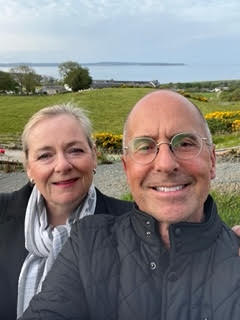
If you would like to make a donation to Soft Bones in honor of Judith, please click the button below!
I started life in early 1960’s Northern Ireland with a diagnosis of hip dysplasia which, at that time, involved having a cast from the waist down for the first year of life. My poor Mother took me to the orthopedist every week for a cast change and was so proud that I never had a rash! Unbeknownst to all, this was likely due to hypophosphatasia (HPP). It took a while after the cast was off, but I was able to walk without issue. There were a number of other HPP clues throughout my childhood, but none of them significant enough to raise any flags. I had dental issues (both early and late primary tooth loss, a complete mouth full of cavities and a permanent tooth extraction at 10, and a surgery to remove a tooth stuck near my sinus at 17). I experienced migraines, anxiety, many ankle sprains and shin splints/growing pains, and was frequently described as “very clumsy”! My first documented fractures (3 metatarsals) happened while stepping off a bus in London at 19. My 20’s were uneventful health wise (AKA the “honeymoon period” that is often experienced by HPP patients), but I did marry my soul-mate, move to the USA and become a Mum of a beautiful boy! After that, little by little I started to experience typical, progressive HPP symptoms. It started with collapsed arches in both feet after our son was born, then unexplained musculoskeletal pain, early-onset osteoarthritis in multiple joints, more dental issues, fatigue, and brain fog/heavy head. I put it down to juggling work, parenting, and home life just like everyone else. At 42, I slipped on the floor of our kitchen wearing a pair of cute kitten heels, fell on my bottom and realized that my right knee-cap had separated below and above the knee! Ironically, I was scheduled for a meniscus tear repair two days later on the opposite knee! Five procedures and nine months later, I was discharged from care. At the time, I thought it was odd to break a knee when you didn’t directly fall on it, but put it down to bad luck. It was also odd that I had delayed healing. The doctor had no explanation either. Since then, I’ve had seven more non-traumatic fractures in both knees and feet, wrist and shoulder (including the knee I had replaced), and the osteoarthritis and CPPD has advanced. I’ve lived with underlying chronic pain for so long, I can’t really distinguish whether it’s bone, nerve, or muscle pain anymore.
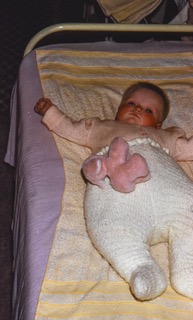
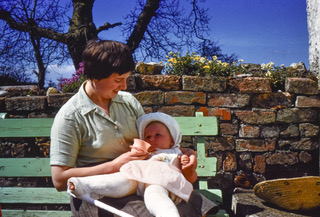
I had noticed in my 40’s that my alkaline phosphatase levels were consistently low (16-20 U/L), but back then, Google searches mostly described the more severe presentations of HPP that did not match my experience, and I discounted it as did every doctor I asked (I count 10), “We only worry about high ALP; you’re lucky that yours is low!” How I wish Soft Bones had been around back then. As an example, a couple of years before diagnosis, an orthopedist referred me to a rheumatologist as he thought it odd that I had so much degenerative damage in my feet and knees for my age. The rheumatologist did a ton of bloodwork, then tested for hemochromatosis and Wilson’s disease. After those test results were negative, he dismissed me from his care, basically saying “it’s just osteoarthritis, so live with it”. It did not feel good, but there was no choice but to move forward.
After having three fractures in a year, I was referred to another rheumatologist by an orthopedist who now suspected osteoporosis. By this time, I was convinced I had HPP (Google searches had come a long way and there was a lot more information available including on the Soft Bones website). I really prepared for the appointment to back-up my self-diagnosis and hoped for an open-minded doctor. And she was. She had even heard of HPP and had helped diagnose another patient! She ordered a B6 test and a DEXA scan, and when B6 came back 5x above normal range and the DEXA scan was totally normal, I was on my way to a formal diagnosis. Patience was required – it took another 6 months to see an endocrinologist and genetic counselor. Genetic testing was positive for a pathogenic variant, and I was clinically diagnosed with juvenile onset mild HPP. While my heart sank, I also felt validated and incredibly grateful to these amazing physicians who continue to take care of me! By the time I started treatment with enzyme replacement therapy (Strensiq), I was almost 59.
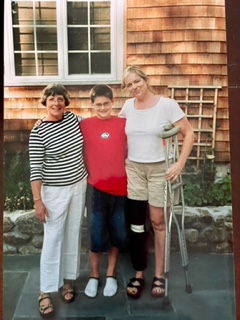
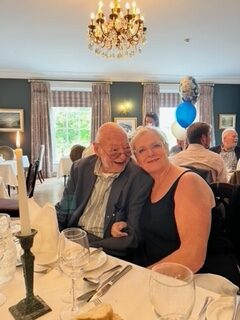
Three years later, my muscles are stronger and hurt less, and I have more energy most days. I exercise regularly (swimming, low-impact spin, pilates and strength training) which does wonders for your state of mind. I can get up from a chair without holding on to anything and can garden and stand to cook for longer periods without screaming joints, muscles and tendons. All of these changes have improved my quality of life and I feel much more healthy. As a bonus, I’ve only fractured a toe since starting treatment and have lost some weight! To be clear, Strensiq cannot undo damage done so walking any distance can be challenging and CPPD in the joints can be quite sore. I still rely on taking NSAIDs daily and other meds for pain. I am grateful that I can since many can’t because HPP has damaged their kidneys. I feel so blessed that I’m as healthy as I can be and living my best life!
As HPP is an inherited disease, it was interesting to me that I was the first person in my family to have overt symptoms of the disorder. My Mum’s ALP values were always well into the normal range and my Dad’s are slightly low or just within the normal range so I’m assuming the gene variant comes from his side of the family. Apparently he and his father both had all their adult teeth extracted due to pyria (gum disease), and my Dad had a spinal fusion surgery in his 40s. He also struggled with depression and anxiety at various times, but nothing else specific to HPP. No one else on that side of my family has decided to find out if they have the variant so far. I truly hope that I’m the only one who ever has to.
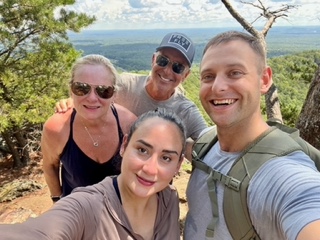
I couldn’t have managed to educate myself or process this diagnosis without Soft Bones. As soon as I was diagnosed, I reached out to the amazing people who are involved in Soft Bones (special shout out to Sue, Cindy, Deborah, and Denise). They have taught me so much about HPP and provided moral support when needed. I hope I can give back to this amazing community as they are a vital part of our community.
I hope that by sharing my HPP journey it shows that despite having a “mild” case of HPP, it can still lead to a lot of complications that do not feel mild to the person affected and can get worse over time. We all present differently and honestly, if I did not have premature joint damage/CPPD, I think I’d still be on my journey, and who knows what would have happened? However, it still feels uncomfortable to talk about my journey because I haven’t suffered any serious or life-threatening repercussions as many children and adults with more serious types of HPP have. It is encouraging that there is so much research happening on the importance of ALP and the emerging realization that this is a system-wide metabolic disorder, not just one restricted to issues with bones and joints. At the same time, it is frustrating that this should be a pretty easy condition to diagnose in most patients, if all physicians and dentists were trained to flag and follow-up on a low ALP value, just as they would if it was high. Thank you for reading my story of my journey.



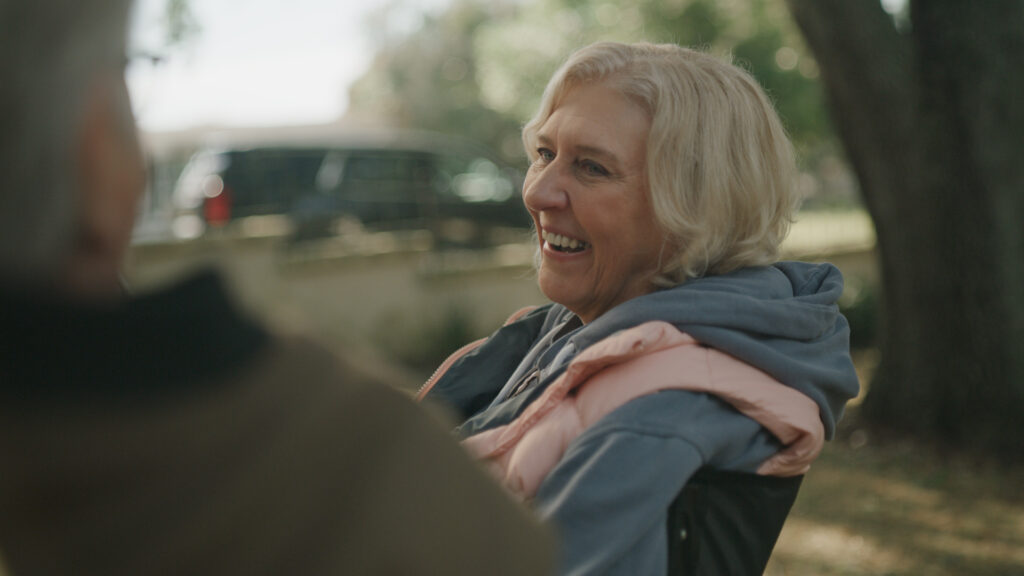
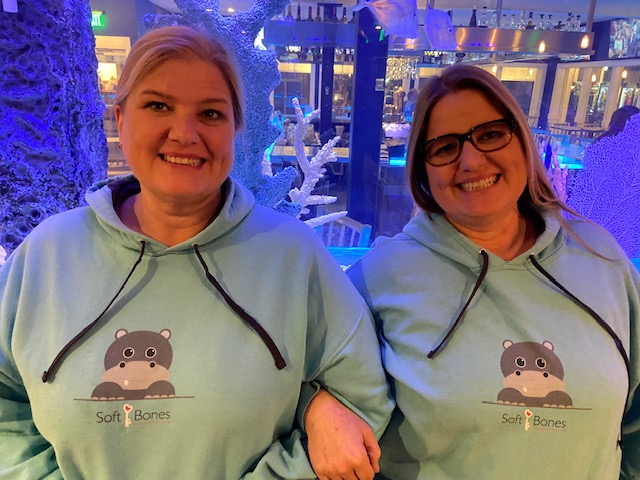
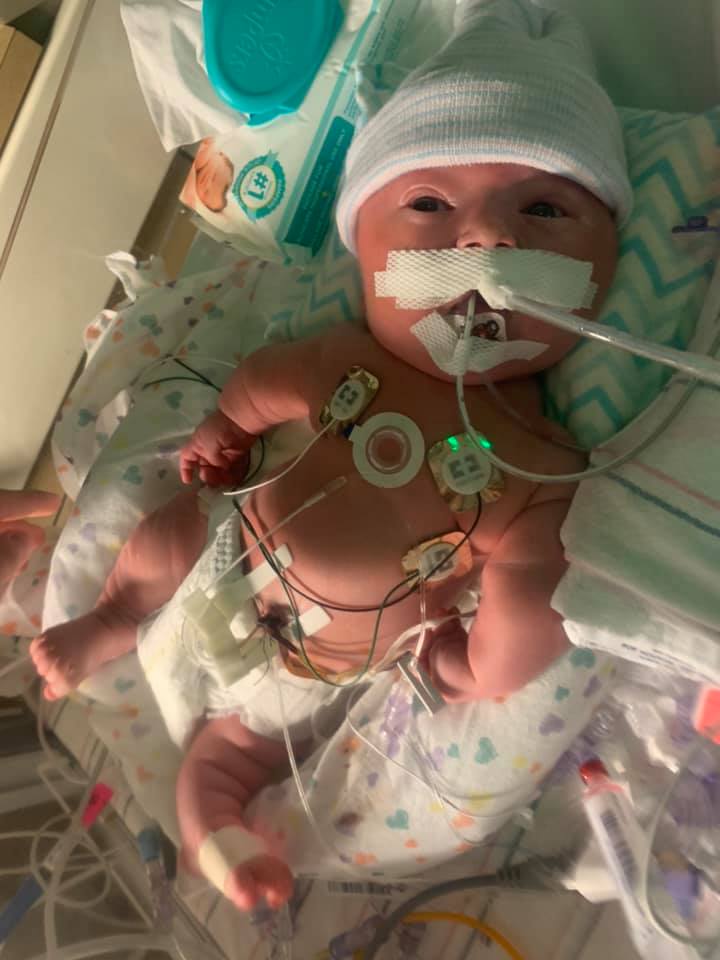
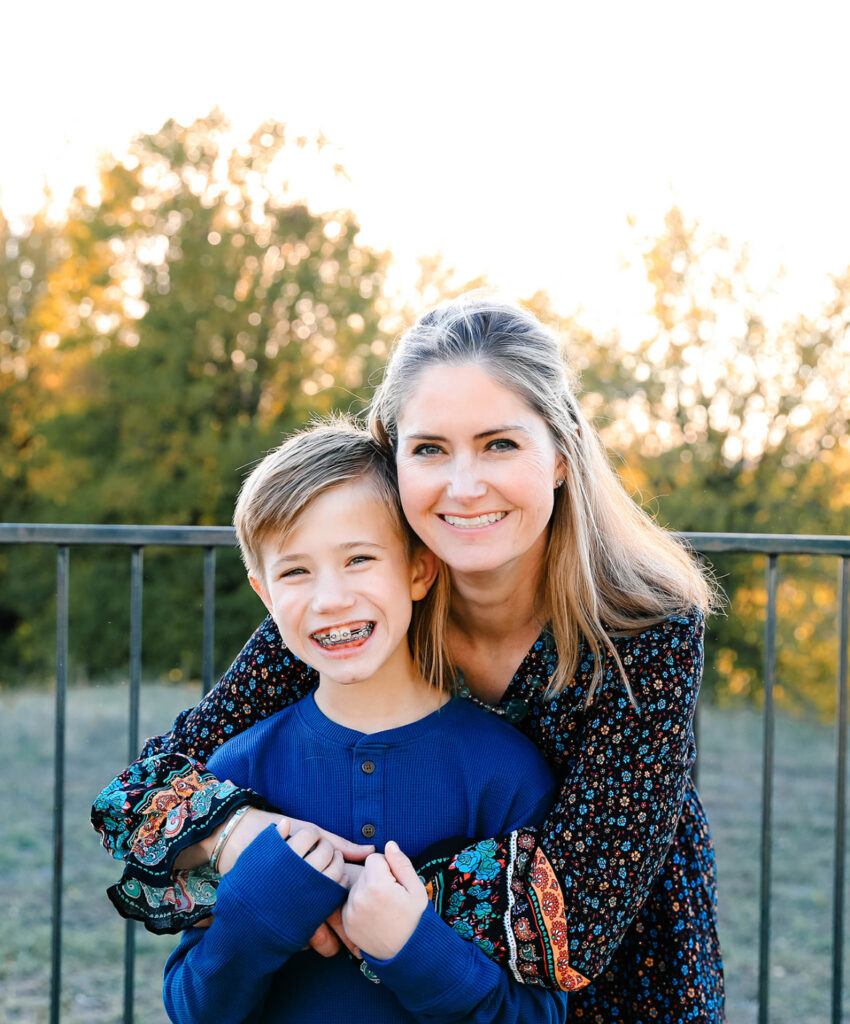

Responses